Best Seasons for Foundation Repairs
Foundation repairs are most effectively performed during specific times of the year to ensure optimal results. Weather conditions, soil moisture levels, and temperature fluctuations can influence the success and longevity of repairs. Understanding the ideal timing can help homeowners plan accordingly and avoid potential issues caused by seasonal changes.
Spring offers moderate temperatures and increasing soil moisture, making it suitable for foundation work. However, heavy rains can sometimes delay projects.
Summer provides longer daylight hours and stable weather, ideal for foundation repairs. Hot and dry conditions can affect soil stability.
Fall is often considered optimal due to cooler temperatures and consistent soil moisture, reducing the risk of soil movement during repairs.
Winter is generally less suitable due to freezing temperatures and frozen ground, which can hinder excavation and foundation work.
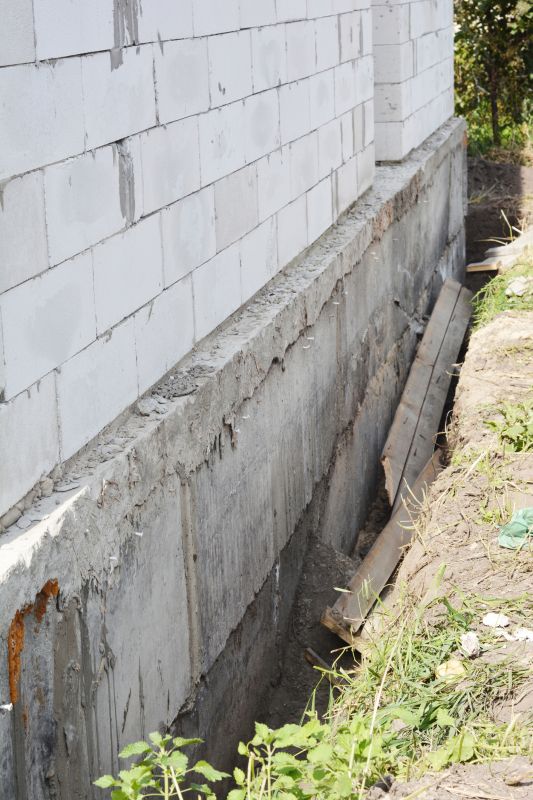
Springtime foundation repairs benefit from thawing ground and increased soil moisture, aiding in settling and stabilization.

Summer's warm weather and extended daylight hours facilitate efficient project completion.
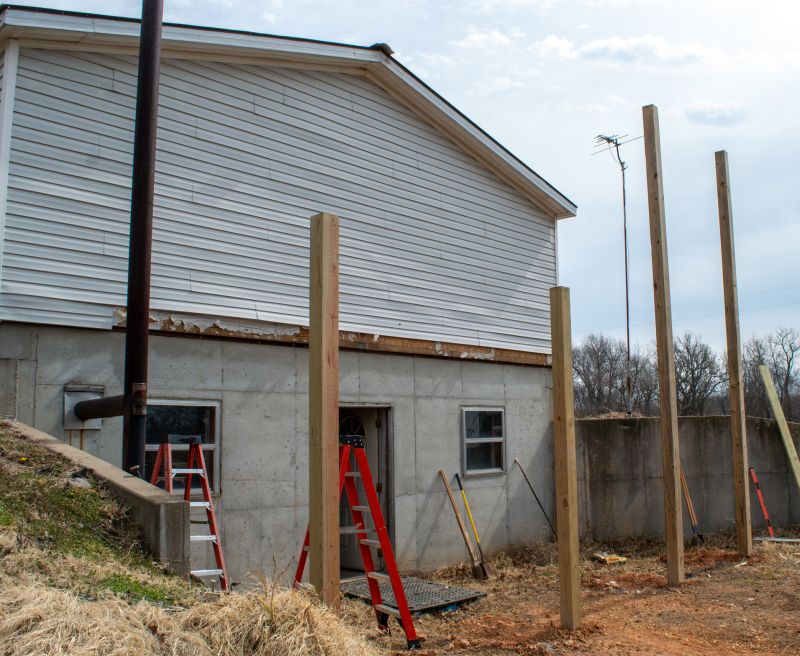
Fall provides ideal conditions with cooler temperatures and stable soil, reducing the risk of future shifting.

Winter conditions can delay repairs due to frozen ground and adverse weather, making it less ideal for foundation work.
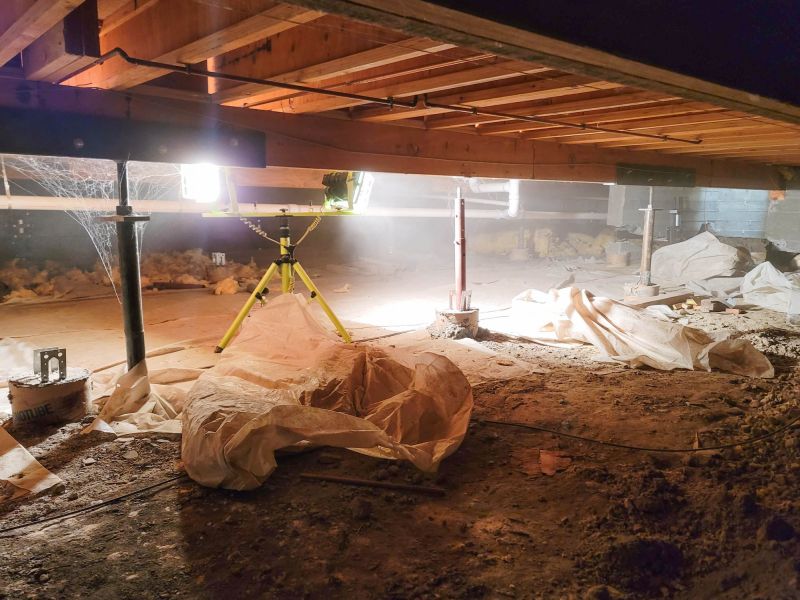
Ways to make Foundation Repairs work in tight or awkward layouts.

Popular materials for Foundation Repairs and why they hold up over time.
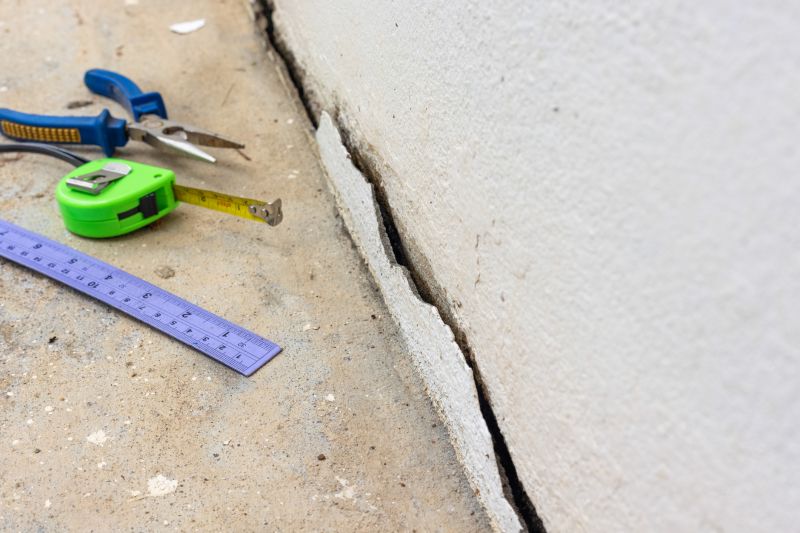
Simple add-ons that improve Foundation Repairs without blowing the budget.
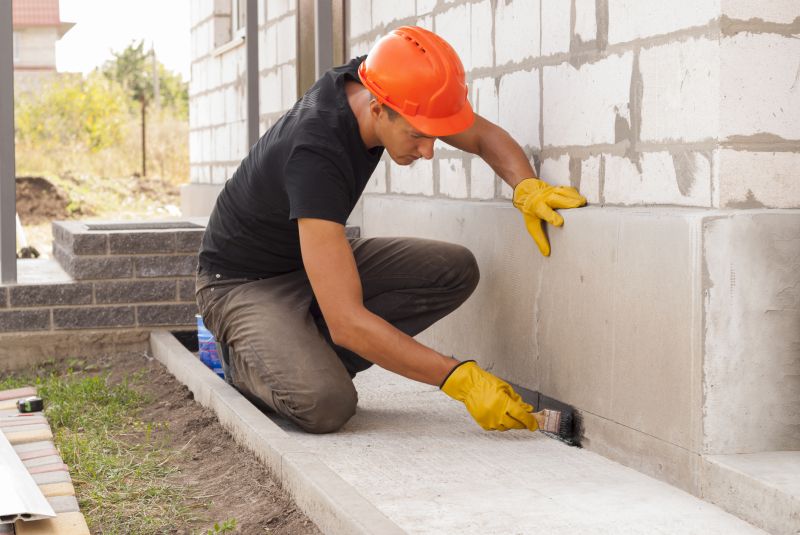
High-end options that actually feel worth it for Foundation Repairs.
| Season | Optimal Conditions |
|---|---|
| Spring | Moderate temperatures, increasing soil moisture, potential for rain delays |
| Summer | Warm weather, longer daylight, risk of dry soil |
| Fall | Cool temperatures, consistent soil moisture, ideal for repairs |
| Winter | Freezing temperatures, frozen ground, difficult excavation |
Foundation repairs address structural issues caused by soil movement, settling, or shifting. Proper timing ensures that repairs are durable and effective, minimizing the need for future work. Seasonal considerations are critical, as soil conditions directly impact the success of stabilization and reinforcement efforts.
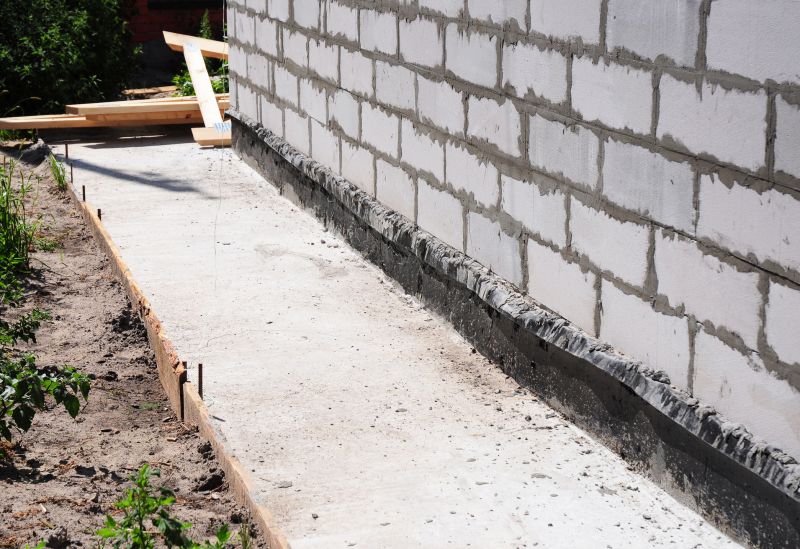
A typical foundation repair involves assessment, excavation, stabilization, and reinforcement to restore structural integrity.

Techniques such as underpinning and piering are used to stabilize shifting soil and prevent future damage.
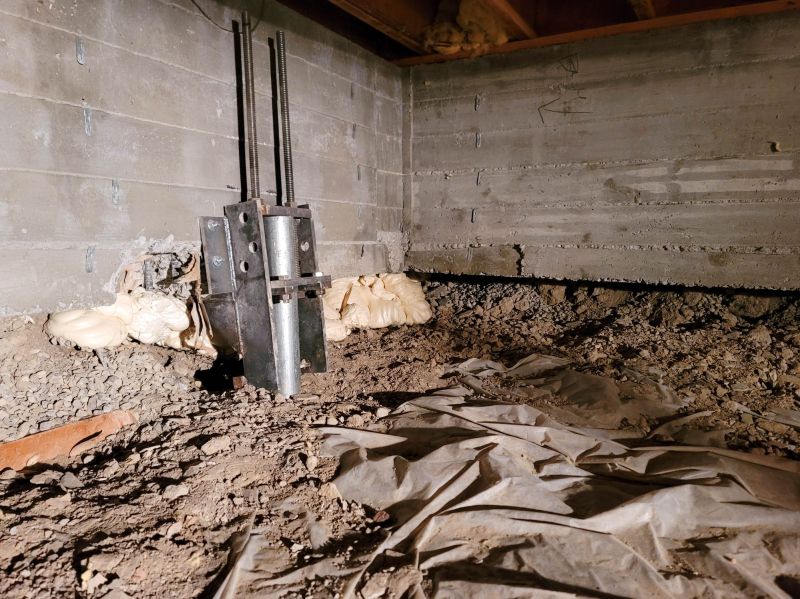
Reinforcement methods include installing steel piers and helical anchors for long-term stability.
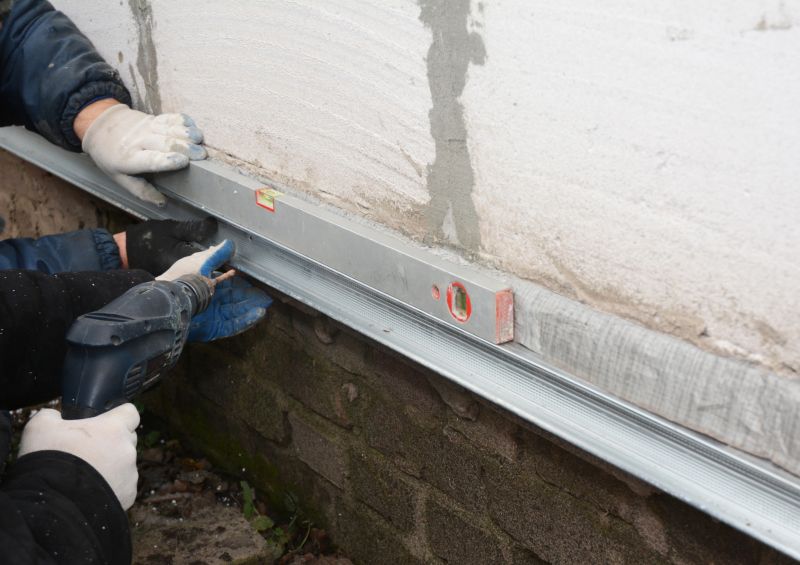
Specialized equipment is used to lift, stabilize, and repair foundations efficiently.
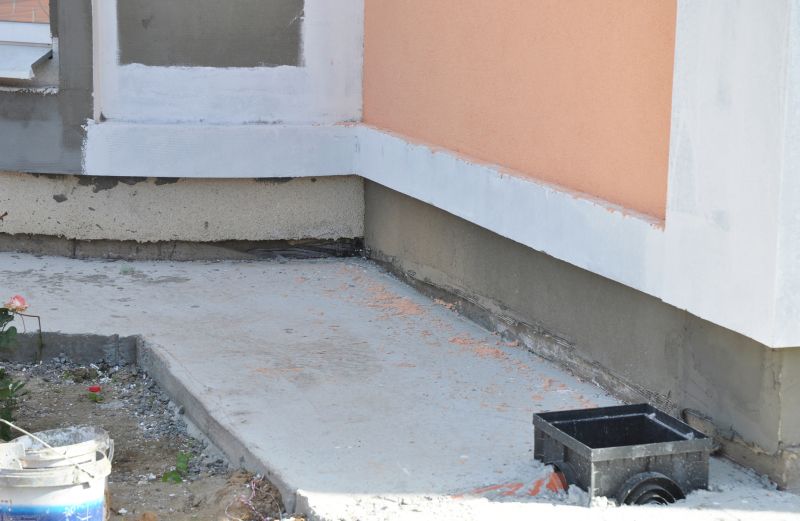
Finishes and colors that play nicely with Foundation Repairs.
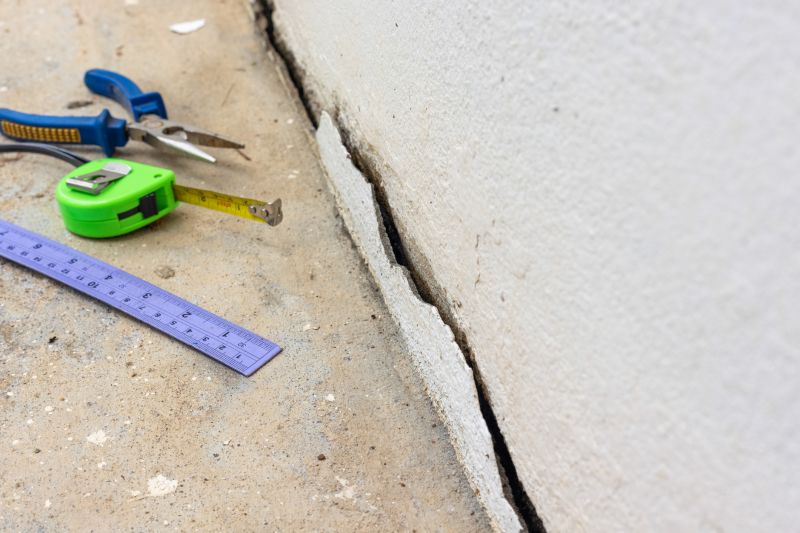
Little measurements that prevent headaches on Foundation Repairs day.

A 60-second routine that keeps Foundation Repairs looking new.
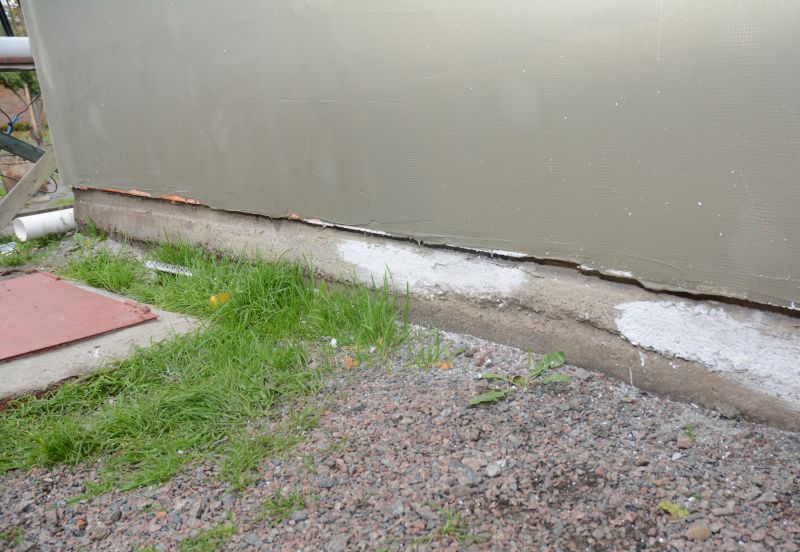
A frequent mistake in Foundation Repairs and how to dodge it.
Timely foundation repairs can prevent further structural damage and costly future repairs. Consulting with a foundation specialist can determine the most suitable time for repairs based on local climate and soil conditions.
Cracks in walls, uneven floors, and sticking doors are common indicators of foundation issues.
Methods include piering, mudjacking, and underpinning, tailored to specific foundation conditions.
A thorough evaluation ensures proper repair techniques and timing are selected for long-term stability.
Proper drainage and soil management can reduce the risk of future foundation problems.

